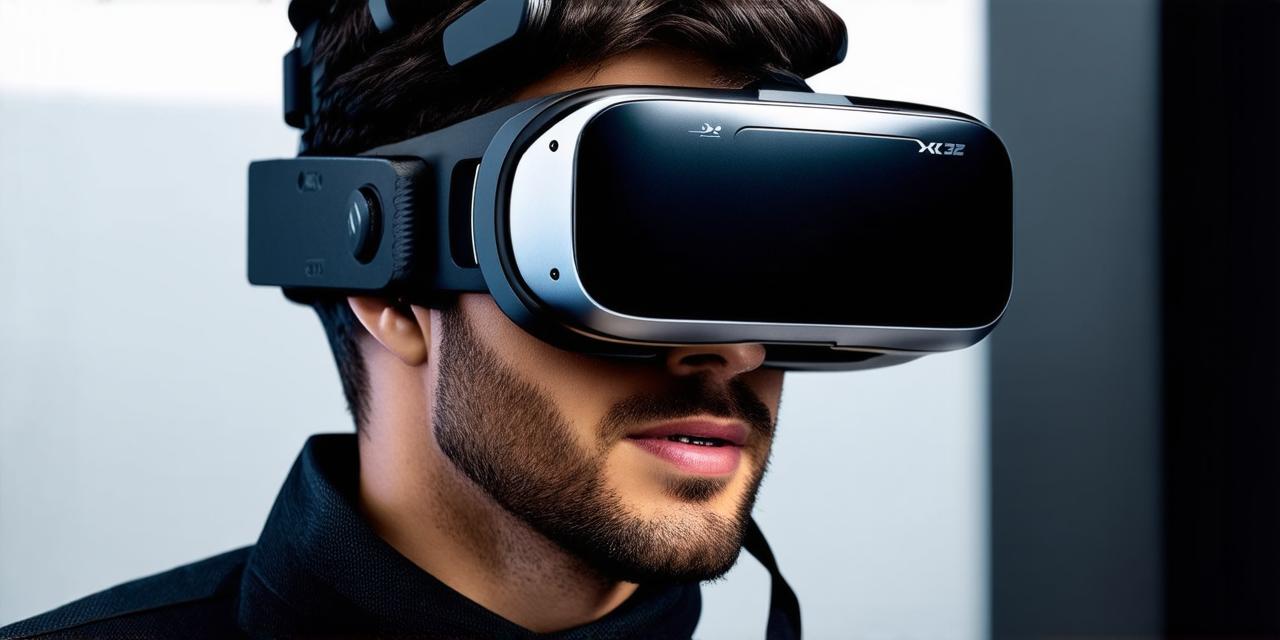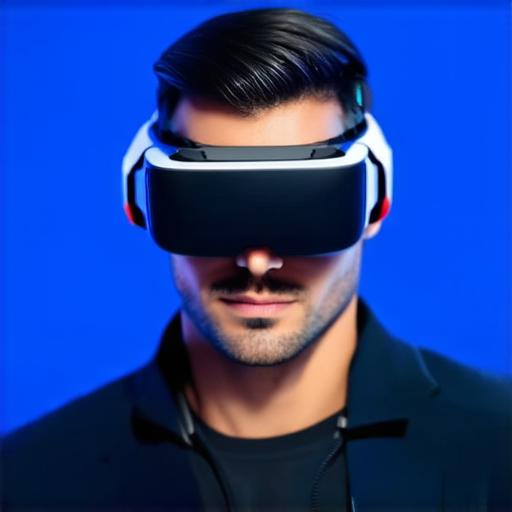
What does a virtual reality headset do?
Virtual reality headsets have revolutionized the way we interact with digital environments, and they are quickly becoming a popular choice for gamers, professionals, and hobbyists alike.
But what exactly does a virtual reality headset do? In this article, we’ll explore the various features and functions of VR headsets, as well as their benefits and limitations.
How Does a Virtual Reality Headset Work?

At its core, a virtual reality headset works by presenting users with an immersive, 360-degree view of a digital world. This is achieved through the use of advanced sensors, cameras, and displays that track the user’s movements and adjust the image accordingly.
The headset itself typically consists of two screens, one for each eye, which are mounted to a frame that fits snugly on the user’s head.
When the user looks around or moves their head, the sensors inside the headset detect these movements and send the appropriate data to the computer or gaming console connected to the headset. The computer then processes this data and adjusts the image being displayed in real-time, creating a seamless and immersive experience for the user.
Benefits of Virtual Reality Headsets
- Immersive Experience: One of the most significant advantages of virtual reality headsets is their ability to create a fully immersive experience. Users can feel as though they are truly in the digital world being presented, making it an ideal choice for gaming, training, and simulation applications.
- Improved Learning and Training: Virtual reality headsets have become increasingly popular for training and education purposes. By creating a realistic simulation of real-world scenarios, VR headsets can help users develop new skills and gain valuable experience without the need for expensive or dangerous equipment.
- Enhanced Collaboration: Virtual reality headsets also offer enhanced collaboration capabilities, allowing users to interact with each other in real-time from different locations. This makes it an ideal choice for remote teams and collaborative projects.
- Increased Productivity: Virtual reality headsets can help increase productivity by providing a more engaging and interactive way to work. For example, architects and engineers can use VR to visualize and test designs in real-time, saving time and reducing errors.
Limitations of Virtual Reality Headsets
While virtual reality headsets offer many benefits, they also have some limitations that users should be aware of. These include:
- High Cost: Virtual reality headsets can be expensive, with high-end models costing thousands of dollars. While there are more affordable options available, the quality and features of these devices may be limited.
- Motion Sickness: Some users may experience motion sickness when using virtual reality headsets, particularly if they have a sensitive stomach or are prone to motion sickness in general.
- Limited Field of View: Virtual reality headsets typically have a limited field of view, which means that users may not be able to see everything happening around them. This can make it difficult to navigate complex environments and can lead to accidents.
- Comfort Issues: While virtual reality headsets are designed to fit snugly on the user’s head, some users may find them uncomfortable or cumbersome to wear for extended periods of time.
Case Studies and Personal Experiences
To help illustrate the benefits and limitations of virtual reality headsets, let’s take a look at some real-life examples:
1. Gaming: Virtual reality headsets have become increasingly popular among gamers, who appreciate the immersive experience they offer.
For example, the Oculus Quest 2 is a high-end VR headset that has gained popularity among gamers due to its low cost and ease of use. Users can enjoy a wide range of games on the Oculus Quest 2, including popular titles like Beat Saber and Half-Life: Alyx.
2. Training and Education:
Virtual reality headsets are also used for training and education purposes.


